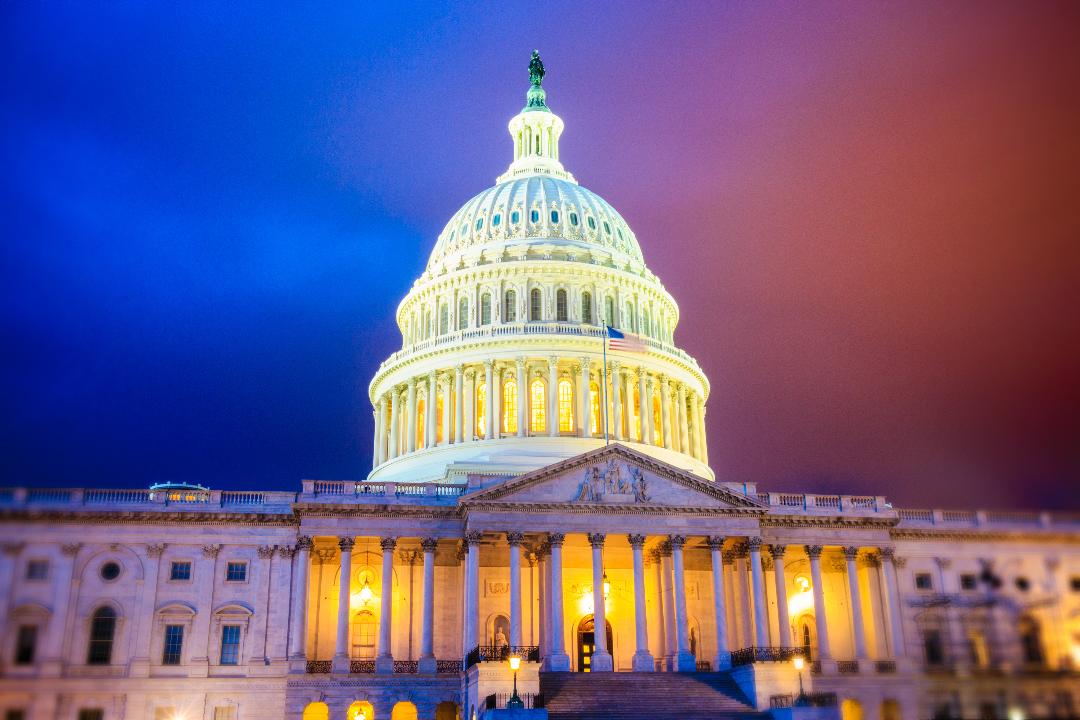White House budget to project 3% growth
The White House's budget proposal -- to be released Monday -- assumes the economy can grow at a much stronger pace than independent forecasters expect and with lower inflation and government borrowing costs than officials projected last year, according to a preview of the proposal.
Strong growth assumptions with relatively low borrowing costs, particularly in the back half of the budget's 10-year forecast, help to show much smaller deficits as a share of the overall economy.
The budget proposal projects the economy will grow about 3% over the coming decade, though officials now expect a slightly larger near-term boost, with output rising 3.2% next year before declining to 3% in 2021 and 2.8% by 2026, according to projections reviewed by The Wall Street Journal.
The U.S. economy grew at a 2.5% pace last year, slightly ahead of the 2.3% projection made in President Donald Trump's budget proposal last year.
Many private forecasters also expect economic growth to pick up this year because of consumer and business spending encouraged by tax cuts signed by the GOP president in December, plus a two-year, $300 billion funding deal signed Friday.
But many don't see quite as large an increase as the administration, and they don't see the boost lasting for nearly as long. On Friday, economists at J.P. Morgan said they now expect the economy to grow 2.6% this year and 1.9% next year.
In December, Federal Reserve officials raised their projection of GDP growth for the current year to 2.5%, and for next year to 2.1%. They still see the economy growing around 1.8% over the long run.
The economy has grown about 2% on average over the past decade. Many economists believe sustained growth at more than 3% will be difficult to achieve without a sharp rebound in productivity growth and a reversal in the slowing expansion of the U.S. labor force, developments few are projecting.
Worker productivity growth has slowed to 0.7% a year since 2010, a slowdown from rates exceeding 3% in the late 1990s and early 2000s. This has led some economists to conclude growth faces a so-called new normal until those forces reverse.
"We think we aren't necessarily in a 'new normal' that is inevitable," said Kevin Hassett, chairman of the White House Council of Economic Advisers in an interview. "If we make smart policy choices, we can go back to...'just normal.'"
The White House expects that without its policy changes, the economy would grow at a 2.2% rate over the coming decade, Mr. Hassett said. The administration sees around half of the increase to 3% growth coming from last year's $1.5 trillion tax cut, and the rest from a combination of reducing regulations, attracting new private and local spending on infrastructure and policies to boost labor-force participation.
Compared with last year, the administration projects lower inflation over the coming decade and lower government borrowing expenses, a virtuous combination reminiscent of the productivity boom the U.S. economy enjoyed in the late 1990s.
The forecast assumes the 10-year Treasury yield will average 2.6% this year and 3.1% next year before rising to 3.7% by early next decade. When the economy grew consistently at a 3% or higher rate in the 1990s and early 2000s, the average 10-year Treasury moved in a range between 4% and 7%.
The forecast is notable because stocks headed for their biggest one-week drop in years this week, as investors reconsidered whether stronger growth and low unemployment might drive inflation and interest rates higher than they have been anticipating. Higher budget deficits from the tax cuts and spending deal could also push up yields on government bonds.
Tax cuts and government spending could boost the economy in two ways.
In the short run, giving businesses and consumers more money could spur demand for equipment, homes and other goods. If the policies also encourage people to work more and businesses to invest more, it could raise the economy's long-term growth rate by increasing the number of workers and the goods and services they can produce.
The administration is betting that the vast majority of the tax cut, along with other policies to cut regulations and boost infrastructure spending, will do the latter. They believe better returns to productivity will minimize the risk of a steady rise in prices, even as employers raise wages.
Mr. Hassett said he doesn't agree with analysts who in recent days have warned the president's stimulus policies are ill-timed because they could lead the economy to overheat. "It's an incorrect analysis," he said. "It would be correct if it were a demand-side boost."
Either a demand-side or supply-side boost from fiscal policy could lead to higher interest rates than now planned. If Fed officials conclude the tax cut is boosting demand without boosting the economy's potential -- for example, because inflation begins rising too much -- the Fed might boost borrowing costs more aggressively.
If it looks like the tax cut is increasing the economy's supply side by generating more investment, the Fed can tolerate faster growth. But higher potential economic growth would boost the so-called neutral federal-funds rate, a level compatible with consistent low U.S. unemployment and steady inflation. This would lead the Fed to raise interest rates higher than now planned.
